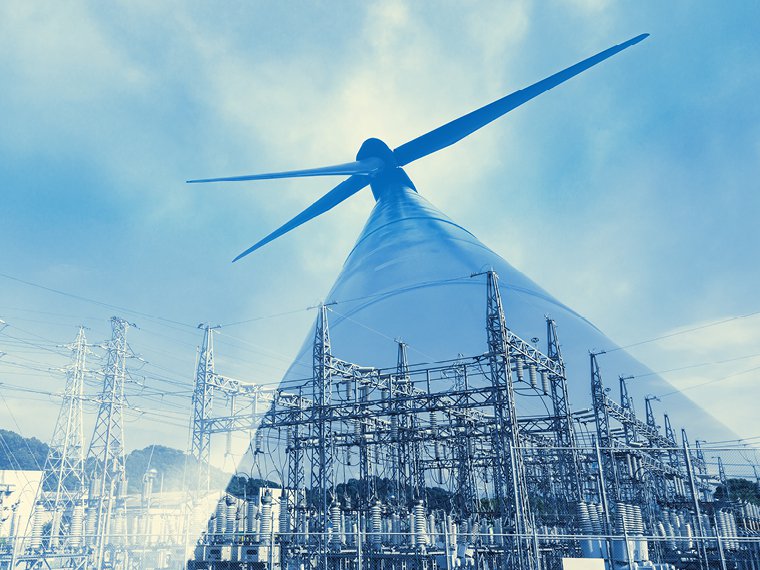Question Your World: Can the Ocean Power Our Houses?
While our global population continues to grow, the science community is constantly looking for new ways to meet the energy needs of our booming species. Electric cars, solar plants, nuclear, coal, biomass, and various other options are all important aspects of energy dialogue happening across the globe. We've used the sun, wind, and fossil fuels, but how about the ocean? Can the ocean power our houses?
Much like the ancient Greeks, when dealing with the ocean we have to consider the one thing that can truly harness the power of the ocean, Triton! To historians Triton is the god of the sea. To astronomers Triton is a distant moon in our solar system. To technologists and scientists working on sustainable energy, Triton could be a total game changer.
Recently scientists have been working on a new approach to collecting energy for our lives by simply harnessing the power of the ocean's waves. A marine power harvesting machine called Triton is making some pretty big waves in the science community. This floating power collector could provide energy for up to a third of our nation. The design is simple but elegant and very effective.

Image credit: Getty Images
Triton has very few moving parts, but that's a good thing when considering its setting, the Pacific Ocean! The non-stop commotion of the ocean is what would be used to create a practical means by which to generate about 650 houses worth of power per Triton unit placed in the ocean. So, how does it work? Since the ocean's waves and corrosive salts are large factors in this environment, Triton is designed with very few moving parts. A tethered harvesting ring is submerged in the water while a connected unit bobs along the top. When the ocean's natural waves cause the tethered unit to move, it creates tension energy in the special metal alloys along the top floating unit. Generators along the top of Triton then do the work of converting the tension energy into practical usable energy.
These Triton units are still in testing mode but show great promise for creative new solutions to our current energy concerns. As various nations around the world are trying new methods of adding sustainable infrastructure to their existing power set ups, we'll see more and more creative ideas like this pop up. Currently renewable resources are only providing around 11% of the world's energy supply. These alternative energy mechanisms are often cheaper, greener, and more efficient than fossil fuel methods but have yet to become a part of the mainstream. Hopefully with new technologies like Triton, we'll see more and more creative solutions to very real problems with energy around the world. For now though, its nice to see sustainable energy and the ocean finally being tide together...